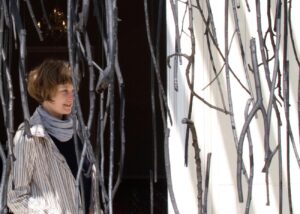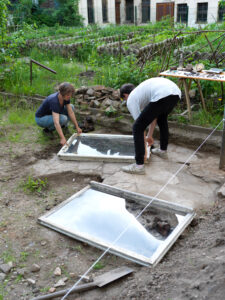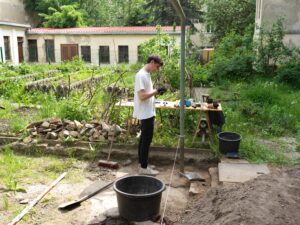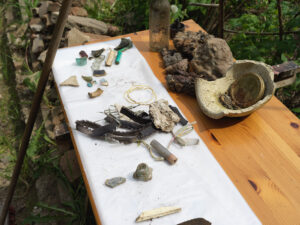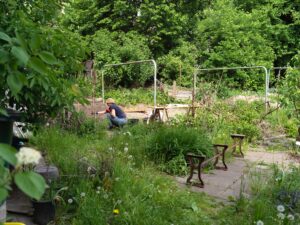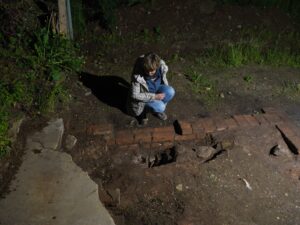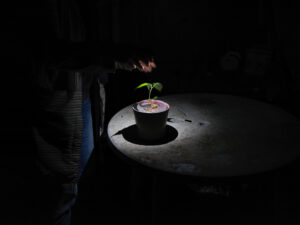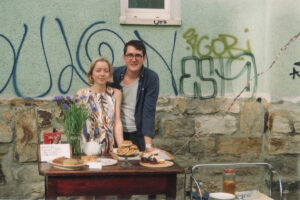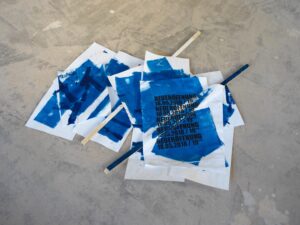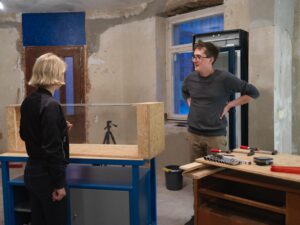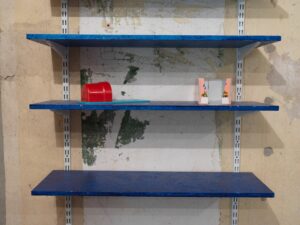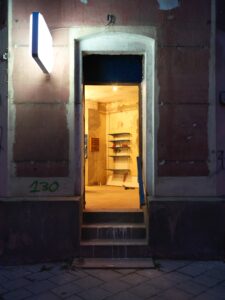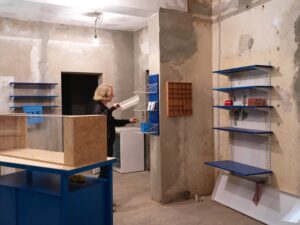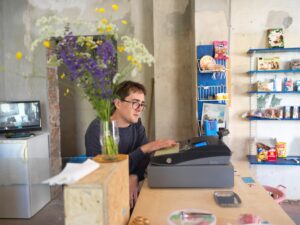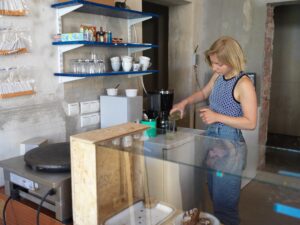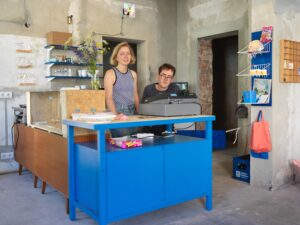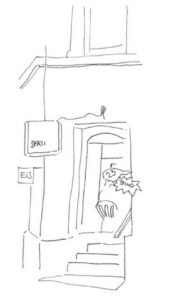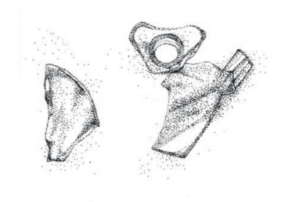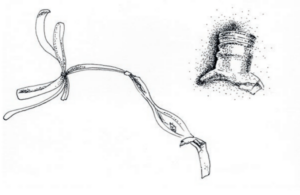Johannes Specks and Marie Donike are intensely involved with food, enjoy preparing it, experimenting with flavors, preserving, making jam and love to cook and bake for nice people and eat with them. In addition to cooking, Johannes studied art at the HfBK Dresden and is now a master student of Martin Honert. Marie studied art history in Dresden and Vienna as well as baking. Because they love art and food so much, the best thing for them is when they can combine the two. This works more and more often.
They both usually work site-specifically. They design the food for the space. This means that there was pizza for the annual exhibitions at the art academy, which they prepared on a marble slab standing around and baked in the stone oven, which Johannes built from old bricks on old sandstone blocks that had been left lying around. Last year, Johannes and Marie grilled spring vegetables in the herb and vegetable garden of the Festspielhaus Hellerau as part of an art festival. Last year, they were (perhaps) the first people with a culinary scholarship to be invited to the Uckermark by the Libken Thinking and Production Space, which was fantastic.
They are currently exhibiting an installation at Galerie Ursula Walter, which visitors were able to play with themselves at the opening by toasting toast and adding chutney/cheese/butter/pickled root vegetables/orange marmalade. The screen-printed toast with chutney, cheese and pickled root vegetables hangs above the table where all this happened. In an art context, a culinary work always has the potential to be accessible and not too complex for most people, they can usually find themselves in it in some way. Food evokes emotions, it smells, it makes sounds, it tastes, it brings people together.
We are delighted to be part of Dialogfelder and to be able to realize a work for the night here on the Sonnenberg in Chemnitz. The location is a special place with a special character, they already have an idea.

